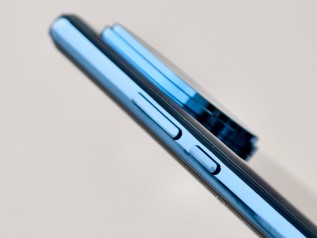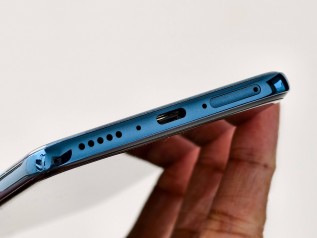vivo introduced the vivo V60 a few days ago at an event in New Delhi, India, as a successor to the vivo V50 that was unveiled in February. We got our hands on one, so let’s see what vivo’s latest mid-ranger has to offer.
The vivo V60’s retail box looks similar to the V50’s, and it comes with a SIM ejector tool, some documents, a charging cable, a power adapter, and a black-colored protective case.
vivo V50
On the front is a 6.77″ 120Hz FullHD+ quad-curved AMOLED screen, which can display 1.07 billion colors and has HDR10+ support. The display is now protected by Schott Xensation Core glass and is brighter than the V50’s panel since it has a max global brightness of 1,500 nits, while peak brightness reaches 5,000 nits.
The V60’s display has a centered punch-hole for the 50MP selfie camera co-developed with ZEISS. vivo didn’t share its sensor name, but revealed the camera has an FOV of 92˚ and enables selfie capture at 0.8x magnification for group selfies. It can also record videos in 4K resolution at 30 fps, like the primary camera does.
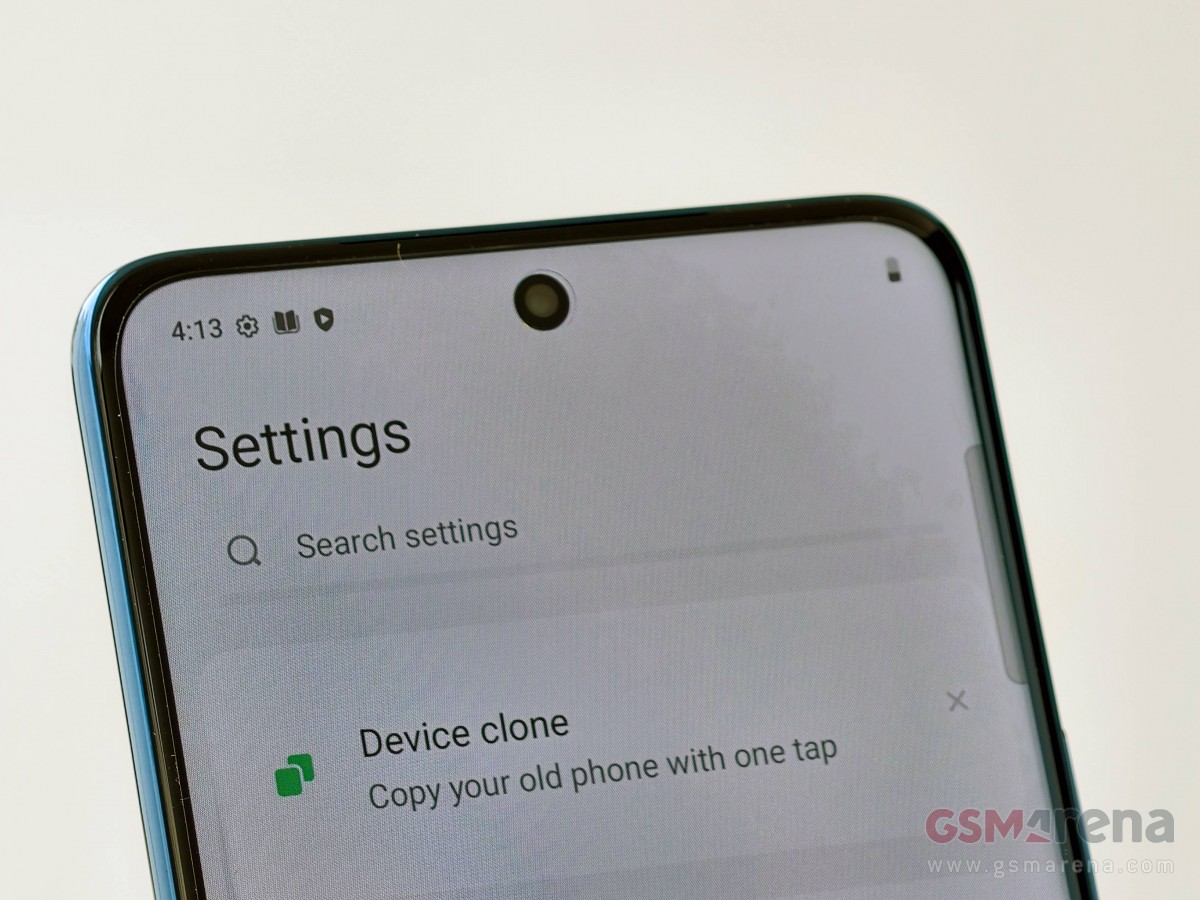
Underneath the V60’s display is an optical fingerprint scanner for biometric authentication. It was quick to set up, and we found it to be fast and accurate in the short time we spent with the smartphone. However, we would have liked it to be placed a bit higher for better reachability and a more convenient phone-unlocking experience.

Turn the vivo V60 around, and you’ll see three cameras instead of the two we had on the V50 with a different camera island design. The V50 featured a 50MP primary and a 50MP ultrawide camera on the rear, whereas the V60 sports a 50MP primary, a 50MP periscope telephoto, and an 8MP ultrawide camera (120˚ FOV).
The vivo V60’s rear cameras are also co-developed with ZEISS. The 50MP primary camera – having OIS – uses the Sony IMX766 sensor, whereas the 50MP periscope telephoto unit, also having OIS, uses the Sony IMX882 sensor. It’s the same sensor used by vivo for the X200‘s periscope telephoto unit. It offers up to 3x optical zoom and up to 100x digital zoom.
vivo X200
It’s also worth mentioning that vivo went with an M-shaped arrangement for the V60’s telephoto camera – like it did on the X200 FE – instead of an L-shaped setup to ensure the camera island doesn’t protrude much. After all, it’s already big enough to make the V60 wobble when used on a flat surface.
vivo didn’t tell us what sensor it used for the ultrawide camera.
vivo X200 FE 5G
The rear cameras on the vivo V60 are accompanied by a circular flashlight called Aura Light. It can change its color temperature and intensity to let you take pictures in different conditions, and you can set it to auto or adjust it manually.
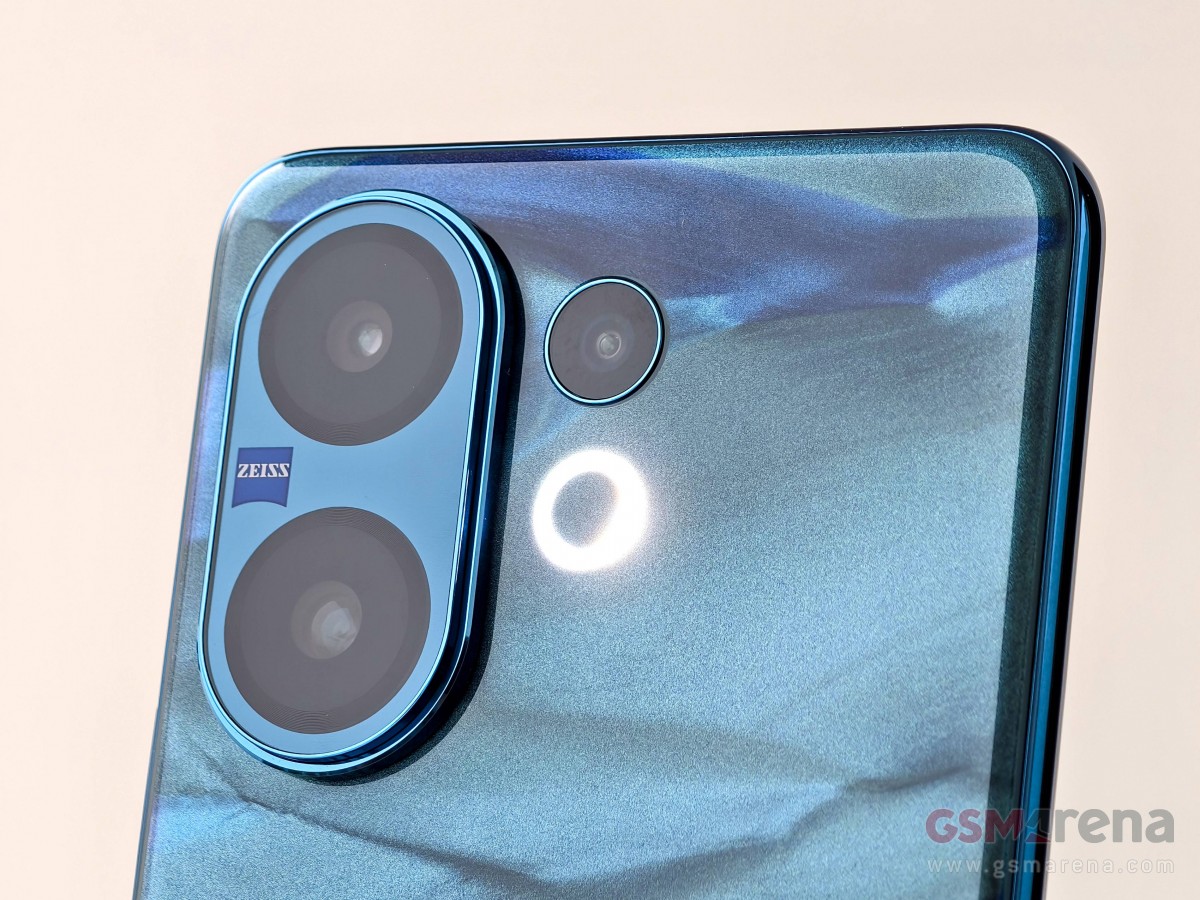
Like the V50, the V60 also comes with ZEISS bokeh effects, but now supports five focal lengths for portraits – 23mm (1x), 35mm (1.5x), 50mm (2.2x), 85mm (3.7x), and 100mm (4.3x). And while the V50 came with an India-exclusive Wedding Portrait Studio feature, the V60 comes with an India-exclusive Wedding vLog feature. vivo says it can be accessed through the Micro Movie setting in the default Camera app, but we couldn’t find it on our Indian model.
What you also get with the vivo V60 is the 10x Telephoto Stage Portrait, which, as evident from the name, is meant to capture people on stage at concerts and similar events. vivo says it “keeps facial features and clothing details sharp while maintaining natural skin tones” even at 10x zoom. In case you are wondering why 10x zoom, vivo said that 98% of their users zoom within the range of 10x, “making it a perfect sweet spot for everyday telephoto photography.”
Another camera feature the vivo V60 has that the V50 didn’t is the AI Four Season Portrait that we previously saw on the X200 FE. It lets you add virtual elements to your portraits to create seasonal vibes of Spring, Summer, Autumn, and Winter.
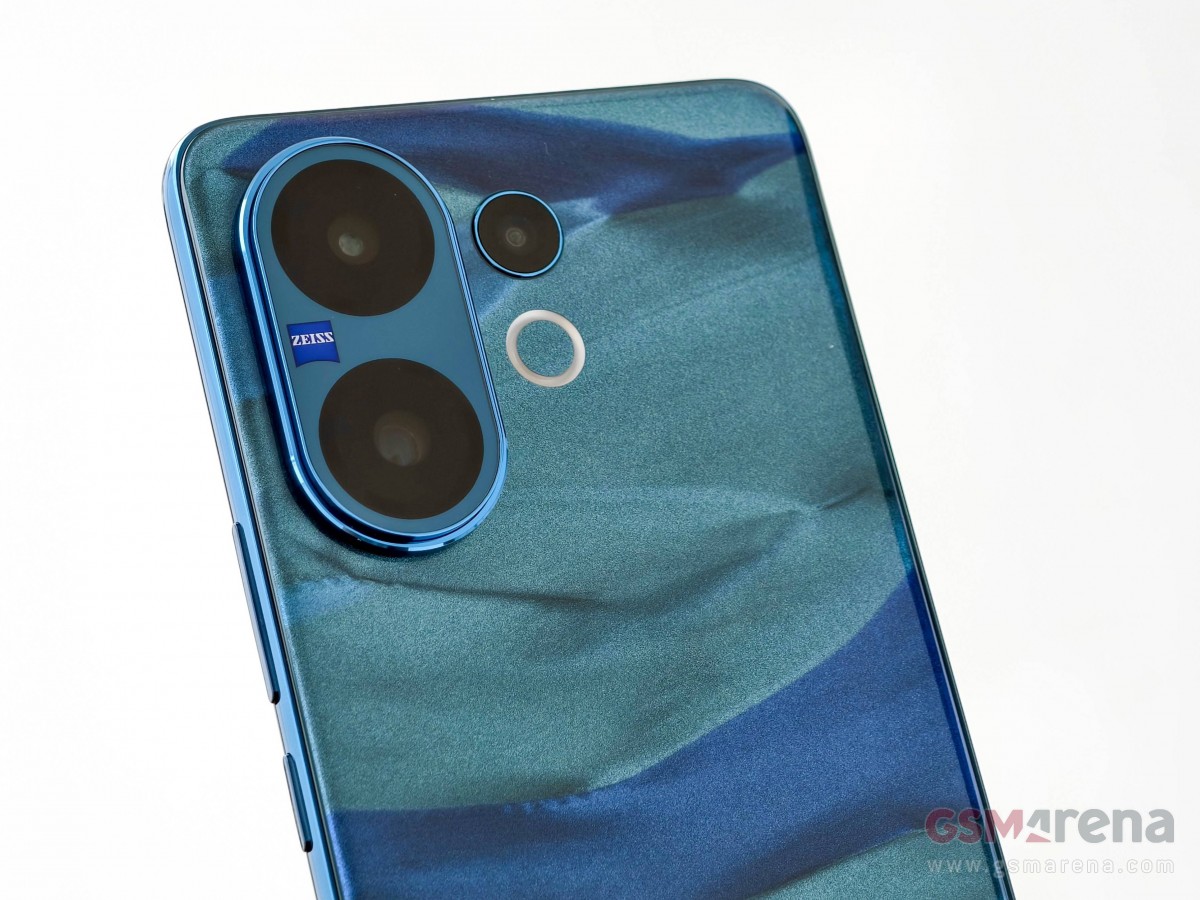
That said, the back cover of the vivo V60, which houses the three cameras, is covered with a glass or plastic composite sheet, depending on the model you get. The smartphone comes in Mist Gray, Auspicious Gold, and Moonlit Blue colorways, with the third one being the subject of this hands-on.
The vivo V60’s Moonlit Blue model is the thickest and heaviest amongst the three versions, with a thickness of 7.75mm and a weight of 201 g. Its back cover is made of glass, just like the Auspicious Gold model, while the Mist Gray version’s rear panel is made of plastic composite sheet, making it the thinnest and lightest among the three colorways.
The vivo V60’s Moonlit Blue version is the most unique-looking model among the three colorways. It has a nice in-hand feel, and its rear panel didn’t get smudged during the time we spent with it. However, the author of this article would’ve preferred the back cover with a bit of a curvature for a more comfortable in-hand feel.

The V60’s plastic frames are shiny and slightly curved. On the phone’s right-side frame is the volume rocker and power button, and at the bottom is the USB-C port, flanked by a speaker grille, primary microphone, and a SIM card slot. Up top is the IR blaster, joined by the secondary mic.
The vivo V60 is powered by the Snapdragon 7 Gen 4 SoC and has up to 16GB of LPDDR4X RAM and 512GB of UFS 2.2 storage onboard. The smartphone boots Android 15 with Funtouch OS 15 on top and comes with the promise of four years of OS upgrades and six years of security updates. This is not only more than what vivo promised for the V50 (3 years of OS upgrades + 4 years of security updates), but also more than what vivo’s recent X series smartphones get (4 years of OS upgrades + 5 years of security updates). That’s impressive!
The software experience is similar to what you get with the X200 FE running Funtouch OS 15, and the bloatware has been kept to a minimum. Our Indian vivo V60 came with about half a dozen pre-installed third-party apps, which can all be uninstalled if you want.
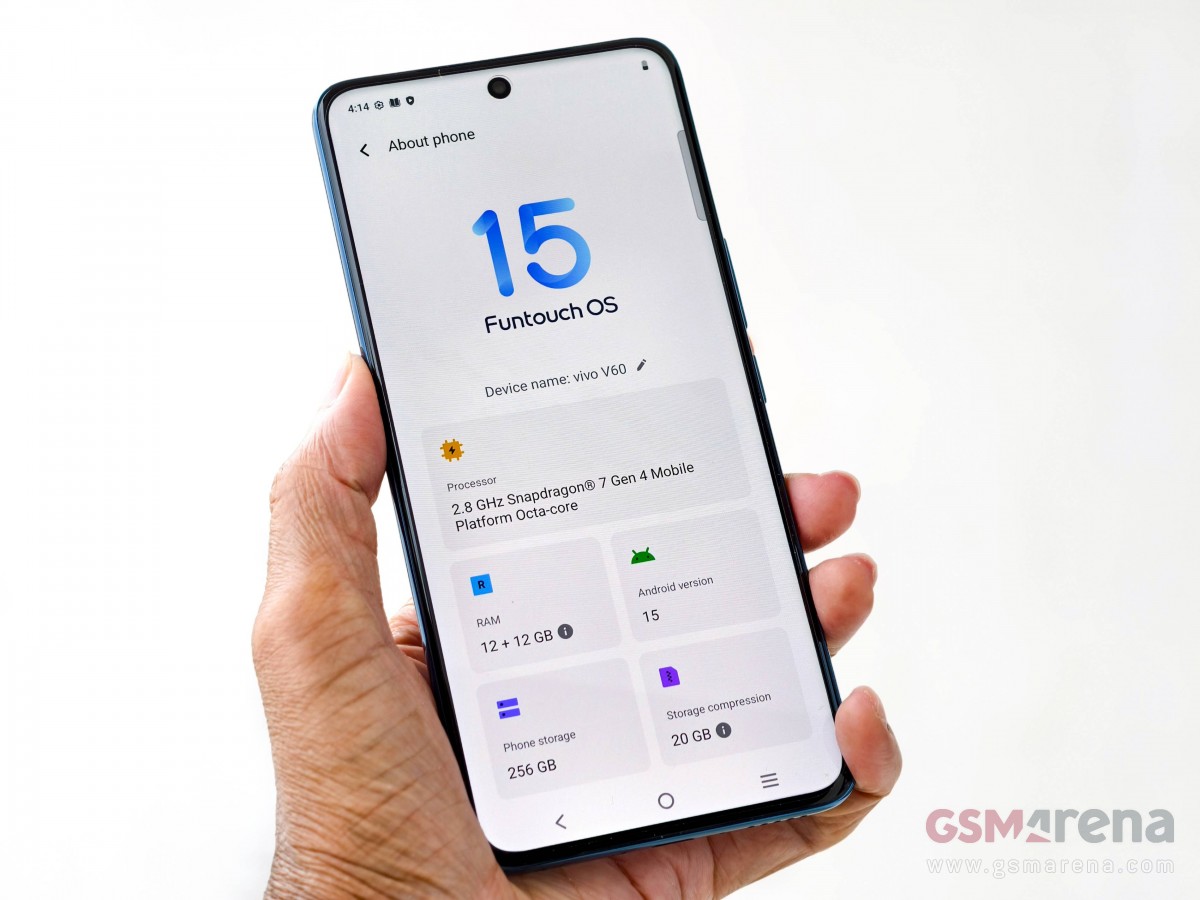
The vivo V60 is fueled by a 6,500 mAh Si/C battery with 90W wired charging support. The rest of the vivo V60’s highlights include dual stereo speakers, NFC, IP68 and IP69 ratings, and underwater photography support.

The vivo V60 will go on sale in India starting August 19 with a base price of INR36,999 ($420/€360). We’ll begin working on our vivo V60 review soon, so stay tuned to find out if it’s worth your money.
